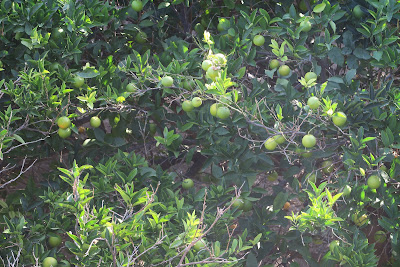Greece: Rhodes
Rhodes, the largest of Greece’s Dodecanese islands, is known for its beach resorts, ancient ruins and remnants of its occupation by the Knights of St. John during the Crusades. The city of Rhodes has an Old Town featuring the medieval Street of the Knights and the castlelike Palace of the Grand Masters. Captured by the Ottomans and then held by the Italians, the palace is now a history museum.

Administratively the island forms a separate municipality within the Rhodes regional unit, which is part of the South Aegean administrative region. The principal town of the island and seat of the municipality is Rhodes.The city of Rhodes had 50,636 inhabitants in 2011. It is located northeast of Crete, southeast of Athens. Rhodes' nickname is The Island of the Knights, named after the Knights of Saint John of Jerusalem, who ruled the island from 1310 to 1522.
Historically, Rhodes was famous worldwide for the Colossus of Rhodes, one of the Seven Wonders of the Ancient World. The Medieval Old Town of the City of Rhodes has been declared a World Heritage Site. Today, it is one of the most popular tourist destinations in Europe. The name of the U.S. state of Rhode Island is thought to be based on this island. (Wikipedia)
*****
On to Jerusalem (Acts 21:1-6)After we had torn ourselves away from them, we put out to sea and sailed straight to Kos. The next day we went to Rhodes and from there to Patara. 2 We found a ship crossing over to Phoenicia, went on board and set sail. 3 After sighting Cyprus and passing to the south of it, we sailed on to Syria. We landed at Tyre, where our ship was to unload its cargo. 4 We sought out the disciples there and stayed with them seven days. Through the Spirit they urged Paul not to go on to Jerusalem. 5 When it was time to leave, we left and continued on our way. All of them, including wives and children, accompanied us out of the city, and there on the beach we knelt to pray. 6 After saying goodbye to each other, we went aboard the ship, and they returned home.
Paul visited Rhodes while returning to Jerusalem from his third missionary journey. (Reference Acts 21:1) One tradition says that Paul’s ship landed in a harbor at Lindos on Rhodes, and another tradition says that he traveled throughout the island spreading the gospel
Today we started the day by hiking the acropolis of Lindos, a natural citadel which was fortified successively by the Greeks, the Romans, the Byzantines, the Knights of St John and the Ottomans.
Today we started the day by hiking the acropolis of Lindos, a natural citadel which was fortified successively by the Greeks, the Romans, the Byzantines, the Knights of St John and the Ottomans.
The Lindos Chronicle is an inscribed stele that dates to 99 BC. It was discovered in reuse as a paving stone in a church below the acropolis of Lindos. The inscription begins with a decision, during the priesthood of Teisylos, to erect a stele recording the votive offerings which had been lost to time. What follows is a list in three columns of votives, along with a record of three epiphanies of Lindian Athena. Among those listed are mythological figures and kings, including Minos, Herakles, Telephos, Helen of Troy, the city of Cyrene, Kleoboulos, Pharaoh Amasis, and Alexander the Great.
After the leisure hike, we walked around The Medieval City of Rhodes(UNESCO) to grab some seafood lunch and a chance to buy pasalubong like olive oil products and cashmere shawls, then finally board the ship.






























Comments